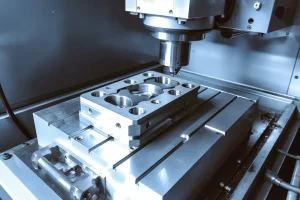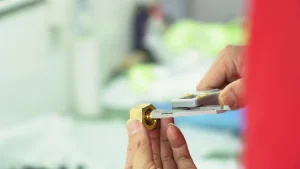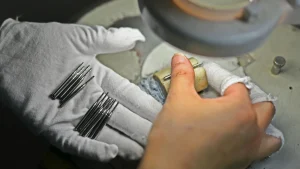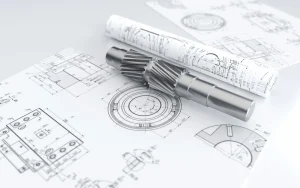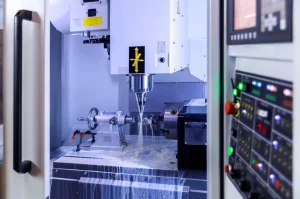检查在此期间出现的异常问题 数控车削 可以从以下方面完成铣削:
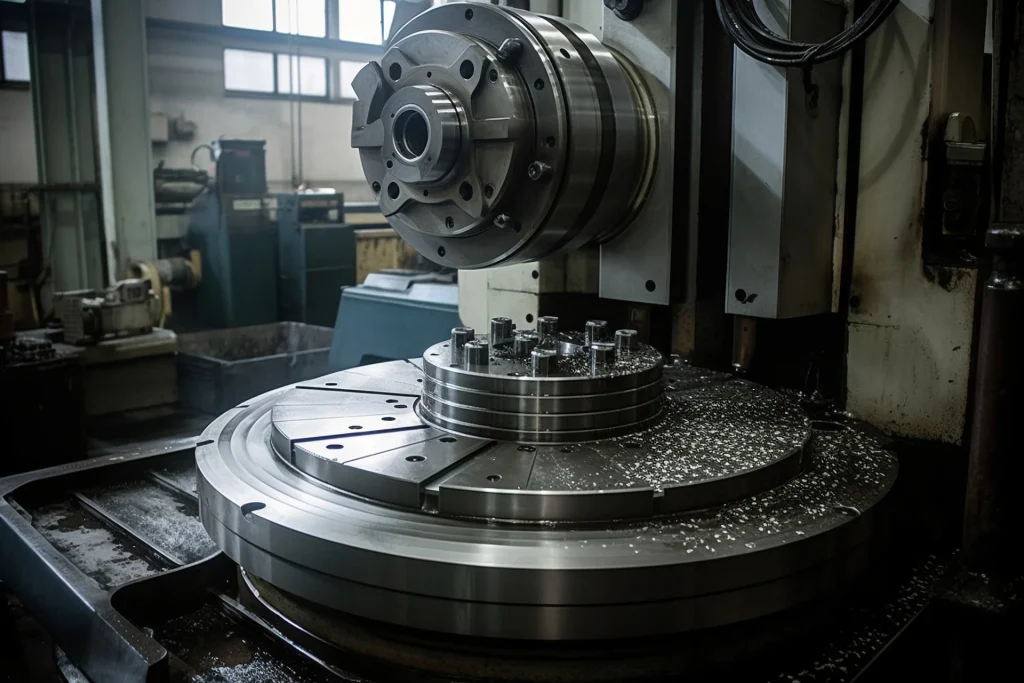
1. 设备检查:
清洁工具持有器和电缆盖,以确保它们清洁且无杂质.
使用拨号量表检查工具持有器和工具的跳动,以确保跳动值在合理的范围内 (例如 0.005).
检查灯具设计是否合理. 固定装置的稳定性对于处理精度至关重要.
检查机床的磨损, 特别是主轴和马车, 查看是否由于穿着而丧失准确性.
检查CNC系统和外部设备的通信参数设置是否一致, 例如波特率, 数据位, 停止位, 等.
2. 编程和处理参数检查:
检查编程处理参数是否合理, 并根据产品材料和机械纺锤的刚度调整处理参数.
检查处理程序的代码以确认逻辑和语法是否正确.
检查不合理处理参数引起的产品变形还是不稳定的处理精度.
3. 工具和切割液检查:
定期检查工具的磨损并及时更换磨损或破损的工具.
检查工具夹具是否正确安装和调整,以确保牢固固定工具.
检查切割液的供应是否正常, 确保切割液足够,并具有良好的冷却和润滑效果.
4. 处理过程和结果检查:
观察处理过程是平稳的以及是否存在共振还是蔓延.
检查加工工件的尺寸和表面表面是否满足要求.
如果发生锥度大小的现象发生, 检查是否水平放置机床, 以及由于坚硬的材料而转动长轴时,该工具是否会失望.
5. 伺服系统检查:
检查伺服驱动器和电动机的电源,以确保电源稳定.
检查伺服驱动器参数设置是否正确, 例如伺服收益, 速度循环参数, 等.
检查编码器连接是否松动或损坏, 并在必要时重新连接或更换.
6. 环境因素检查:
检查操作员的操作方法是否正确以及是否按照规格进行操作.
检查机床周围的环境是否干净, 没有碎屑和灰尘.
注意机床的散热器,并确保机床在正常温度下运行.

